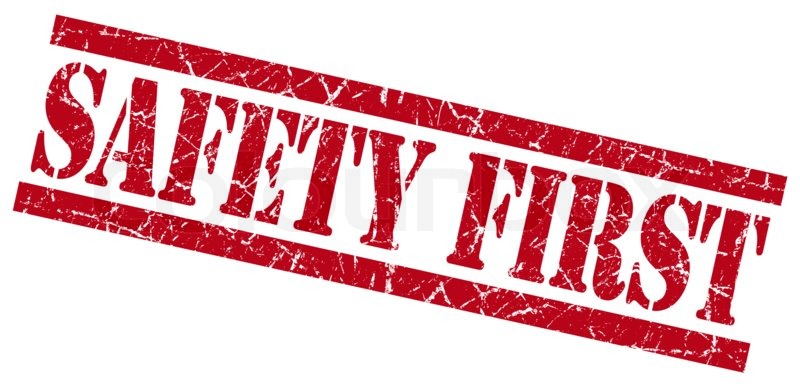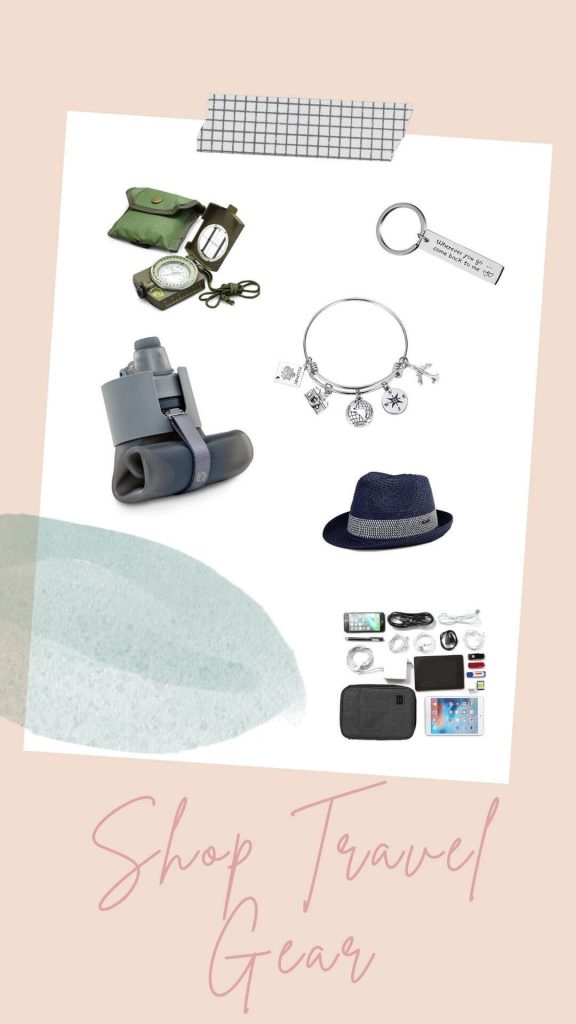
1. When is a professional mandatory for using scaffolding?
OSHA defines anyone as a qualified person for the use of scaffolding to be an individual that has been certified or has some extensive knowledge coupled with professional standing in a field where they train or demonstrate the use of scaffolding.
This means the individual must be able to do the following in order to be considered a professional:
• Train in the use of scaffolding
• Recall and recognize scaffolding hazards
• Know what procedures are needed to avoid hazards
2. Are there capacity requirements for all types of scaffolding, and what are they?
Simply, no matter what type of scaffolding that you use, OSHA requires that it can support its own weight and up to 4 times the maximum load that is put on it. Additionally, the scaffolding has to be designed to these specifications by a qualified scaffolding person who has the expertise of how to load the scaffolding to properly distribute the weight of the objects on it.
3. How should scaffold platforms be constructed?
A scaffolding platform is required to be planked and decked as complete as possible and with spaces of at least 1”-8” wide between the platform and uprights.
4. What are the OSHA requirements for scaffold planking?
The planking on a scaffold has to support its own weight and at least 4 times the load it is intended to support without any issues with movement just as it is stated that the entire structure of scaffolding must be as well. Wood and fabricated wood platforms are allowed to be used as long as the manufacturer of that material or the lumber association has graded it as safe for scaffold platform use.
To test this, a platform when fully loaded should not deflect more than 1/60 of the span. If a platform becomes covered with objects and a variety of debris, OSHA does not permit any work taking place on the platform until it the debris has been safely removed. The width of the work area itself, including a walkway, has to be at least 18” wide and guardrails must be in place.
5. Are guardrails OSHA required?
The OSHA standard states that if anyone is up more than 10 feet from the ground on scaffolding, they must have guardrails on all the open sides of the scaffold. The only exception is that when someone is setting the scaffolding up or taking it down and are at the top of it while they dismantle the scaffolding, they do not need to keep the guardrails in place as they do this.
The exceptions to when guardrails are required for safety are the following scenarios:
• When front-end platforms are only approximately 14” from the work area
• When out rigging support is used and it is less than 3” from the front edge of the work area
• When the metal lath is being installed in the work area or plastering is being done less than 18” from the front of the work area
Steel or plastic banding should not be used as a top guardrail or a mid-guardrail material per OSHA guidelines. This is because if someone does slip and fall, this material can seriously hurt them. Also, stilts can be used only if guardrails are in place.
6. What are supported scaffolds and how do they give additional support?
Supported scaffolding simply means that the scaffold platform is being supported by either extra “legs,” outrigger beam supports, brackets, poles, posts, additional framing, or uprights. Some of these, (poles, legs, posts, frames, and uprights), need to be properly plumbed and then braced so they will remain rigid and sturdy.
You will know if your support scaffolding needs to have some additional support if it has a height to base width ratio of more than 4 to 1 which will be specified usually in the manufacturer’s owner’s manual.
The foundation of a supported scaffold must have the additional bracing components on a firm foundation. This does not include bracing the support system up against other objects or machines for it to hold in place.
7. What are suspension scaffolds?
These are scaffolds that have rope suspensions on the platforms from an overhead structure such as a single-point multi-level, adjustable, or chair device. The general requirements for suspension scaffolds include:
• Usually only trained professional scaffolders should use this type of scaffolding
• The supporting objects have to be on a surface that can support up to 4 times the load that is being put on them by the scaffold itself.
• A professional should assess all the suspension gear to ensure that it is tied properly, will
• A backup guardrail system should be installed
8. Are there OSHA requirements for using counterweights with suspension scaffolds?
Counterweights are not required when using suspension scaffolds, but they do add extra balance to this type of scaffolding, and it can be adjusted as you move the scaffolding while in use. If it is used, OSHA does require that the counterweights will endure 4 times the weighted load of the scaffold without tipping over. Also, only actual material that is manufactured for use as a counterweight should be used. They must be a material that can’t be easily moved so sand or cement blocks are not recommended or allowed by OSHA guidelines.
9. How long should suspension ropes actually be for scaffolding use?
Any suspension rope devices have to be long enough so that it allows the scaffold to be let down a level without the actual rope going through the end of the rope. This usually means that the rope should be wrapped at least four times at its lowest point.
If there is any fraying, kinks of any kind or for wire rope, any broken wire sections, then new rope should be used in order to have full strength and functionality with the hoist and rope working together.
10. Should any specific precautions be taken to protect from a fall?
Beyond the guardrails, harnesses can be used with a harness belt. These will have what are called, “Dee rings” that will connect to the belt and create a lifeline that has dedicated anchor point by which you move from area to area while working on the scaffolding.
These types of lifelines can be either configured to be horizontal or vertical. They also have to be independent of any other lines like suspension ropes. By OSHA standards, employers must provide their employees with these lifelines when they work on scaffolding.
Additionally, anyone using scaffolding should consider protecting themselves from falling objects like tools and use a debris net or some kind of canopy to catch the items instead of having them hit you or someone else.
Read more details about specific OSHA standards for the use of scaffolding at the workplace and also for home use at https://www.osha.gov/Publications/osha3150.pdf
Jessica Kane writes for Advance Online, a leading provider of web-based OSHA. DOT. and HAZWOPER training.











My husband’s company is building a new retail store and they are planning to use scaffolding in the building design, but they have never used it before. It is interesting that you say hiring a professional is a great idea because they will know the procedures that are needed to avoid injury and health hazards. I will definitely share this benefit with my husband because it will provide him with peace of mind knowing that his co-workers will be as safe as possible.
You made a great point about keeping the capacity of scaffolding in mind when selecting and setting them up. Safety cannot be emphasized enough when it comes to how much weight the scaffolding should support and I really liked that you mentioned the need for planks to hold 4 times its intended load. Thanks for all the great scaffolding info!